Artificial Intelligence: In India, 60% of businesses will combine human expertise with AI and machine learning by 2026. Data capturing is the new future of AI.
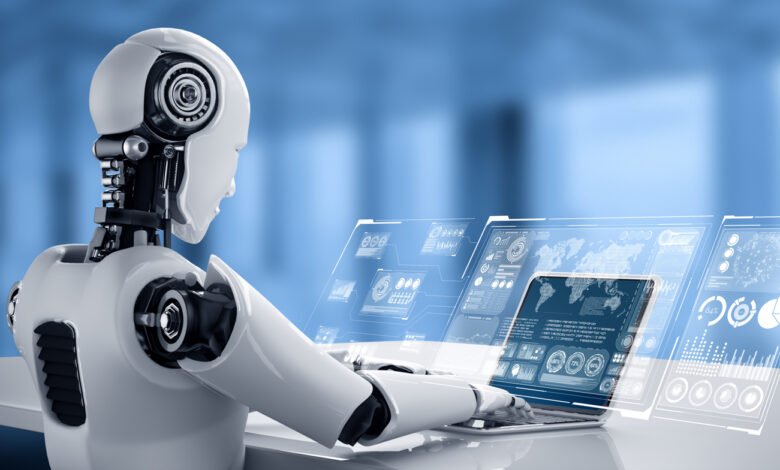
Artificial Intelligence: In India, 60% of businesses will combine human expertise with AI and machine learning by 2026. Data capturing is the new future of AI.
As the world moves towards digitalization, Artificial Intelligence (AI) adoption has increased since the pandemic. Approximately 120 years from now, for example, Oxford University and Yale University predict that artificial intelligence will outperform humans in numerous ways and will automate all human jobs.
Artificial intelligence will be better than humans at translating, writing bestselling books, and performing surgeries within ten years. Machine learning (ML), a process by which a machine mimics human capabilities like learning and using that knowledge to generate insights, is generally considered the foundation of artificial intelligence (AI).
Data drive AI.
Even though AI relies on the power of machine learning, we should step back and remember that ML doesn’t take place in a vacuum. A key component of ML is big data, without which it can’t be implemented. Because of this, AI depends purely on the data we can capture and the methods we use to process and manage that data. To realize the potential of AI in the future, we must pay more attention to data collection, transport, processing, and storage.
Capturing data is crucial.

Whether for software-based AI apps, intelligent robots based on AI, or machine learning, collecting and analyzing data is vital. The development of AI products began with developers collecting data on human behaviour from the industry and consumers.
Predictive analysis is a crucial feature of many intelligent applications within healthcare. Even though these programs are becoming increasingly intelligent, increased intelligence from human data could make them even more accurate.
IoT devices, software systems, hardware devices, and even home automation equipment rely on user data to achieve higher levels of intelligence. Due to the threat of ransomware attacks and viruses, transmitting data securely from edge environments to a data centre/cloud remains one of the most challenging aspects of data collection.
More data is better
Statista says the world’s data generation will peak at 181 zettabytes by 2025, up 129% from 79 zettabytes in 2021. The medical field, in particular, collects massive amounts of data, as various organizations do.
For example, the Covid-19 vaccine data was used from the first doses administered to determine the correct amount for each age group.
Likewise, building more accurate and efficient devices requires more data, whether software, robotics, or anything else.
To run AI and ML apps on a timely basis, we need more data from actual edges, whether static or moving.
By capturing more data through real-time applications from the edge, such as gas pipelines, submarines, defence fronts, healthcare, IoT devices, satellites, or rockets in space, AI will be able to expand rapidly.
Data Management Challenges
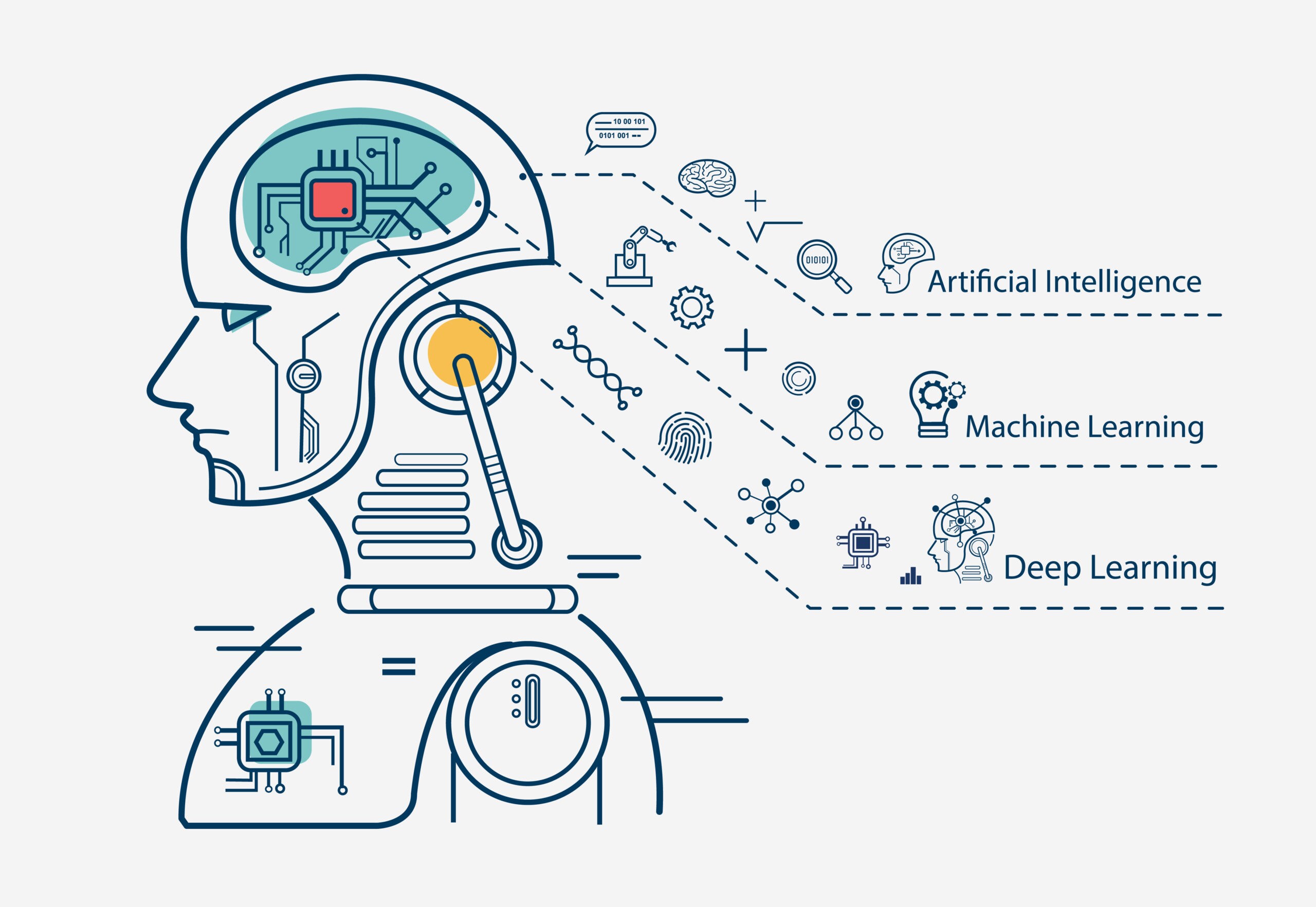
AI needs high-performance systems to be optimized for the future. Modern, data-hungry apps can be used to process these storage or cloud-based systems.
It does not matter whether these are micro strategy or business intelligence tools; the more data you feed them, the faster they can process and deliver insights. Normally, this is called data mining, and before, a warehouse would be used, and applications would be run to process the data.
Despite this, these methods are fraught with difficulties. Currently, data-generating devices generate an ever-growing amount of data continuously. All sources and platforms can generate large amounts of data, whether they come from autonomous vehicles or healthcare. In the past, the data management industry was unable to capture these quantities via networks, 5G, cloud, or other means of archiving.
Due to inadequate storage capacity and a slow delivery system, 90% of collected data was lost due to poor storage. In addition to data captured at remote sites without connectivity or cloud applications running at the edge, the outcomes also apply to critical data.
Looking forward to the future
AI performs better when we have more data. To make our AI devices smarter, we need to gather more information in real-time from real users on the ground. The more AI is applied to the use cases, the more human a connection can be made, and the better users can be helped.
As we are doing today, much of the big data generated by organizations remains unused, mostly because it cannot be captured, transported, or analyzed promptly to drive real-time insights. To enjoy the benefits of AI for humanity, we must find ways to resolve these challenges.
India is still adopting artificial intelligence but is now using it to resolve complex problems in most industries. In addition to Agriculture, Education and Infrastructure, Healthcare, Transport, Banking, Cyber Security, Manufacturing, Entertainment, Hospitality, and other industries, Artificial Intelligence (AI) and Machine Learning (ML) have many applications.
This blog provides in-depth information about the future of AI & Machine Learning in India and why you should pursue it as an aspirant.
AIML stands for Artificial Intelligence and Machine Learning.
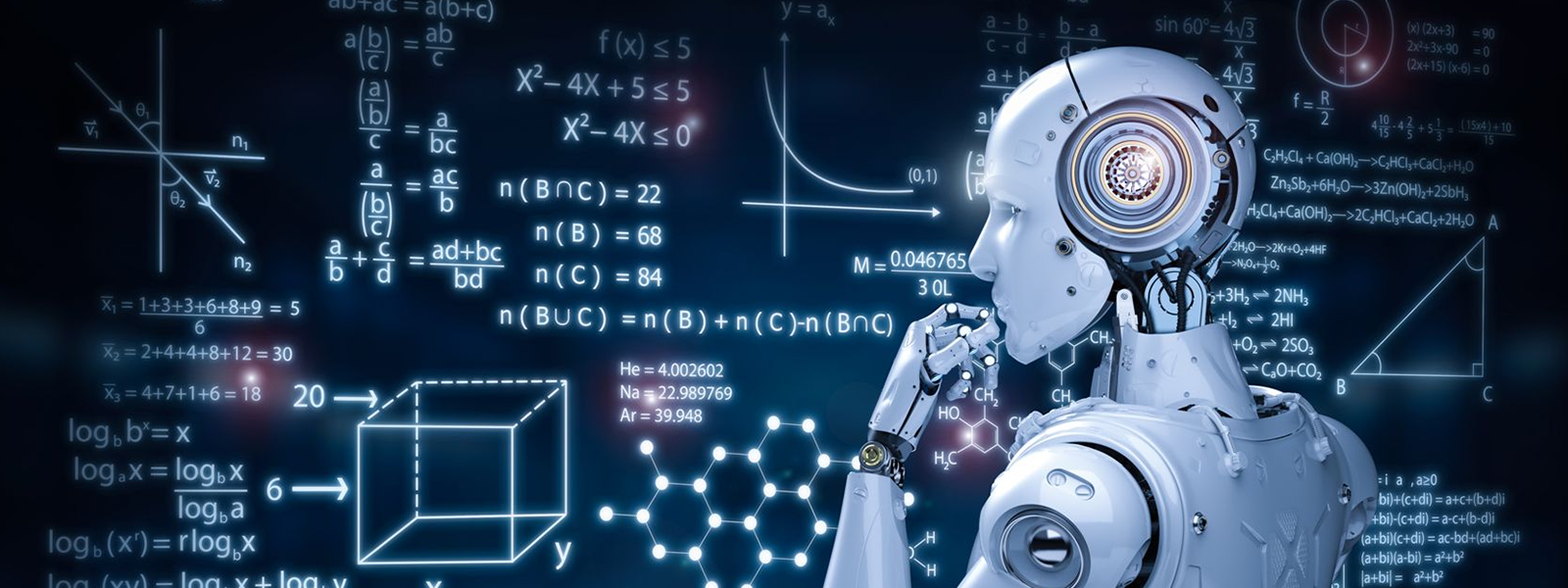
Machine Learning and Artificial Intelligence have a huge scope in India, and artificial intelligence can bring positive changes to the economy of any country. Additionally, the best thing about AI is that there are not only one or two Technologies under it, but also many others, including Machine Learning, algorithms that automatically improve, pattern recognition, and big data.
It is artificial intelligence (AI) when a computer-controlled system can perform tasks commonly performed by humans. In AI, a machine’s natural intelligence is simulated as it is programmed to learn human actions and communicate. AI and machine learning are increasingly merging to accomplish tasks similar to those performed by humans.
Using Machine Learning, applications can predict outcomes more accurately without being explicitly programmed as part of Artificial Intelligence. A machine-learning algorithm predicts recent output values using historical data. Machine learning provides the enterprise with a correct understanding of recent trends in business models and customer behaviour to develop a new product.
Machine Learning and Artificial Intelligence in India: Future Scope
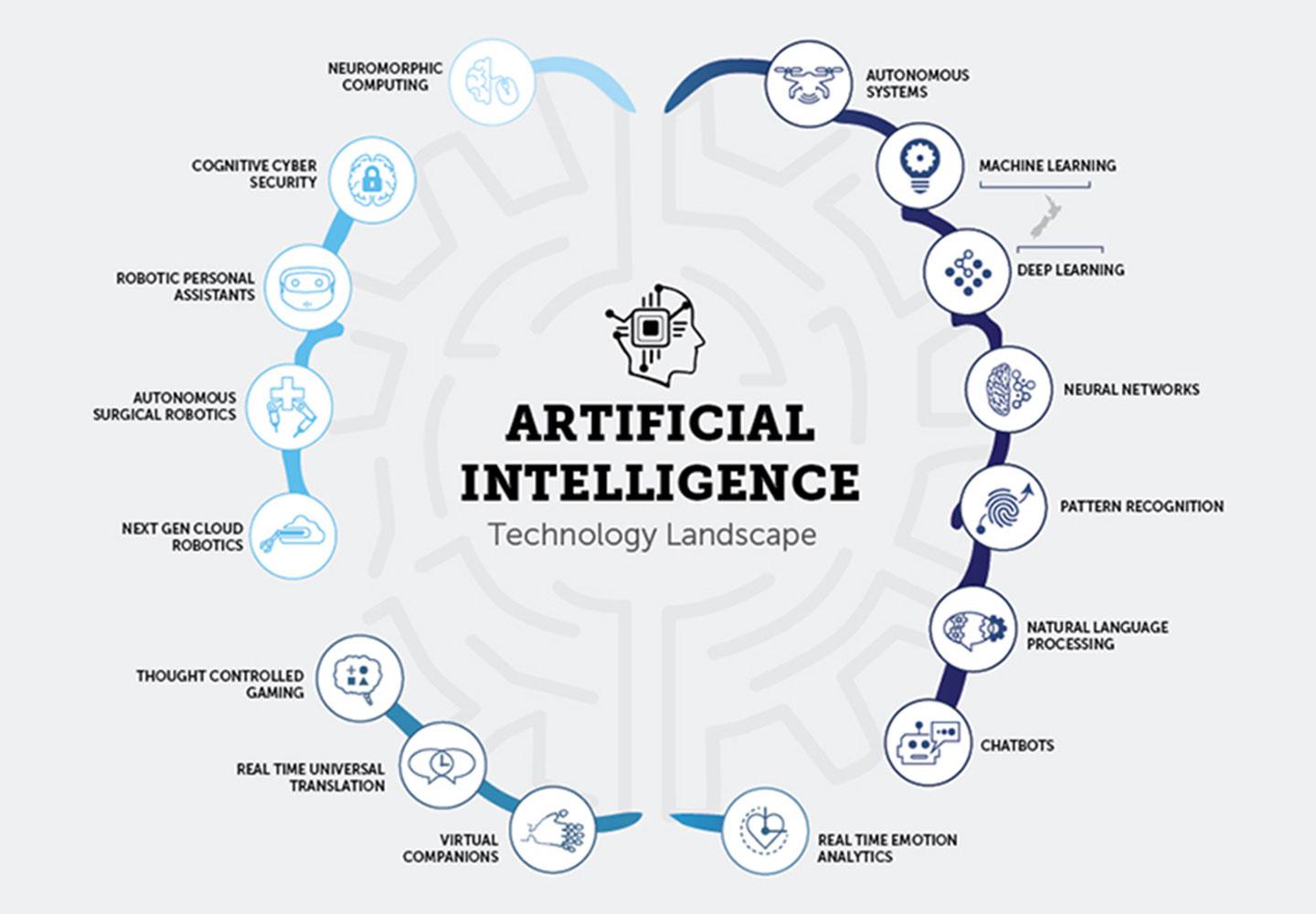
The Indian technology industry has been positively impacted by Artificial Intelligence and Machine Learning in developing tools, applications, and numerous other areas. Several future scopes of artificial intelligence and machine learning are discussed below:
- Chatbots-
There are tens of thousands of chatbots in use, helping humans accomplish their tasks quicker. Chatbots are serving businesses and providing consumers with services. Customer queries are handled by chatbots, which resolve issues without human involvement. Currently, AI is taking over software applications due to this revolutionary invention.
- Education-
Many applications of AI like the real-time speech-to-text system, automatic grading and other repetitive tasks can increase the effectiveness of education.
- Healthcare-
As a result of health care applications, the traditional healthcare industry has undergone a complete transformation. Currently, AI and ML in healthcare are combined with a mobile app that helps physicians organize better treatment plans for patients while the patient is under supervision.
- Transport-
Transportation is another area where AI and ML can be applied effectively. Since 1922, autopilots have been used in ships, aircraft, and spacecraft. Moreover, autonomous cars represent another area of AI’s advent. Autonomous or self-driving cars are being developed by several companies around the globe, relying heavily on machine learning and artificial intelligence.
- Manufacturing industry-
Machine learning and artificial intelligence are the backbones of several global startups serving the manufacturing industry. To increase their revenue, these firms implement AI-based solutions. Using AI to analyze data and make the best predictions is one of the unique techniques of the manufacturing industry.
- Home-
Almost everything we do is influenced by artificial intelligence. Several home devices employ this technology. Several AI tools, such as Alexa, OK Google, and Cortana, can perform numerous tasks just by speaking out loud. Artificial intelligence and machine learning are used to perform these tasks.
- Agriculture-
Agriculture is the main source of livelihood for the Indian population. Farming in India is largely conventional, and as a result, Indian farmers are highly dependent on this method. It has become easier for them thanks to the advent of artificial intelligence.
It is now possible in agriculture to forecast behaviour and study parasites breeding in crops using artificial intelligence. Farmers can plan for insect control with this system, which is very helpful. Agricultural lands can now be monitored for water usage with thermal imaging cameras. Agricultural industries in India are benefiting from AI in this way.
- Cybersecurity-
When organizations transfer data through cloud networks, artificial intelligence can be beneficial. Cyber security is becoming more important as the threat of hackers grows, and AI plays a significant role in ensuring the security of data transfers. Cognitive AI is an excellent example of this.
Threat detection and analysis allow analysts to make more informed decisions by gaining insights into the threats. Over time, AI is becoming even better and more durable by utilizing deep learning networks and machine learning algorithms. The goal of this is for people to recognize potential threats in the future.
What Are the Benefits of Learning Artificial Intelligence and Machine Learning?

In addition to adding a great deal of value to various business processes, the combination of machine learning, artificial intelligence and deep learning offers excellent career opportunities. Artificial Intelligence and machine learning can provide you with several benefits:
- The skill of the century–
A century, not a year or decade, is what we are witnessing today. Additionally, artificial intelligence will replace all human jobs; this is a fact, not a rumour. Today, 150 million new jobs are being created in various significant sectors. As a result, to take advantage of AI and machine learning innovations, you must learn the necessary skills. A leading technology, artificial intelligence, is taking over every industry and simplifying our lives.
- More and more data-
The human race generates almost 2.5 Quintilian bytes per day, a simply unbelievable number. Whether from communication or what we consume, we collect data every day. Machine learning algorithms retrieve behavioural patterns from humans, which gives information regarding consumers, based on the collected data. Afterwards, this information becomes insider information that helps companies grow and win more sales.
- AI is omnipresent-
The positive effects of artificial intelligence permeate almost every industry today. Through mobile devices and the Internet, the customers can access all the information they need without visiting the store in person. The use of chatbots and voice recognition technology makes this possible. All information is now within one’s reach, and artificial intelligence permeates every aspect of our lives.
- Great career option-
The demand for AI-related jobs is high at the moment. Graduates in AI have a bright career prospects and earn a decent salary.
- Good impact on society-
Machine learning and artificial intelligence can transform and improve several aspects of human life. This technology has made life easier and has also contributed to helping the human race. AI implementation, innovative disaster management, environmental planning, and crime prevention techniques are possible.
- Better User experience-
Since AI cannot work in isolation, it is applied to machines and technologies regularly used by humans in different industries.
Artificial Intelligence and Machine Learning provide many opportunities for those who study them. Artificial intelligence and machine learning (AI and ML) are still increasing, bringing several competitive benefits to businesses.
NIET AI & ML Courses: Why Study Here?
NIET offers a 4-year BTech program in artificial intelligence and machine learning. This project involves utilizing technologies and principles such as knowledge representation, logic, probabilistic modelling, and others related to Artificial Intelligence and machine learning to consolidate the foundation. In addition to its AI and ML course, the NIET offers courses on other emerging technologies to help students stand out from the crowd.
Find out what makes BTech in Artificial Intelligence & Machine Learning courses unique:
- Students in this course will be exposed to various applications built using AI and Machine Learning techniques.
- By applying the AI & machine learning techniques, methods, and tools, students will build applications.
- It would be possible for students to explore the practical elements involved in developing AI platforms and applications if they enrol in this course.
- Strong analytical and problem-solving skills are required as this degree requires a solid understanding of mathematics.
- Extensive industrial project experience.
- In building a solid foundation in AI and machine learning, an industry-oriented curriculum can be helpful.
- In addition to learning about advanced topics like machine learning, robotics, pattern recognition, cognitive computing, deep learning, human-computer interaction, and more, students can gain expertise in these areas.
AI is driving the world we live in. Artificial intelligence (AI) has greatly influenced the growth and transformation of industries have been greatly influenced by artificial intelligence (AI). Artificial intelligence is one of the most potent transformation drivers for global enterprises and businesses moving into a digitally altered society.
Throughout the forecast period from 2022 to 2030, a compound annual growth rate of 39.4% is predicted for the global market for artificial intelligence (AI) in the forecast period from 2022 to 2030, which amounts to a market size of $20.76 billion. Technologists predict that artificial intelligence, or AI, will be humanity’s most transformative invention yet.
Disruptions caused by AI in 2021
Global pandemics, a phenomenon never before seen, swept the globe in 2021. New forms of business issues have resulted as a consequence, and several companies have developed artificial intelligence-based products and solutions to address these issues.
A study by Harvard Business Review stated that AI was regarded by 86 per cent of respondents as a “mainstream technology” at their organization in 2021. Various technologies have re-evaluated everything from customer service to labour-management to market entry, including video analytics, IoT, robotic process automation, natural language generation, virtual agents, etc.
Technology such as video analytics has enabled businesses to adapt and grow by providing innovative solutions in the face of change. CCTV surveillance powered by AI has changed everything, from personal safety to patient monitoring, tracking, facial recognition, and ensuring safety and security compliance.
Customer behaviour data can influence the layout and staffing of a store. Since the inception of video surveillance, video analytics has evolved into a more critical part of artificial intelligence. Video analytics has become from merely video surveillance to such an essential part of artificial intelligence that they now accept license plate recognition for granting access or denying access to vehicles in their private parking garages.
Trends in artificial intelligence for 2022
People are wondering what will be the next big thing the world will see with the rise of AI-powered trends. Here is a list of 2022’s most exciting trends in artificial intelligence.
Implementing AI-based business outcomes will be encouraged in 2022, enabling organizations to determine the business outcomes of deployments and ensure automated maintenance before deployment.
- Video analytics-
In 2022, we will offer a comprehensive introduction to video analytics. Video analytics can help every business when it comes to security and marketing. Estimates predict that the global artificial intelligence surveillance market will reach $4.46 billion (USD) by 2023. More than half of all countries use AI cameras as vision sensors in advanced AI vision systems.
Businesses will benefit greatly from this invention. JARVIS is the poster boy of this revolt led by ‘Staqu.’ In addition to being one of the best AI-powered adaptive Video Analytics solutions available, it features state-of-the-art facial recognition technology and intelligent crowd-spotting capabilities. Safety, security, and analytics are all handled in one place.
- The ‘As a Service’ business model:
By using aaS models, organizations can customize solutions to meet their needs more closely. As subscription services are often provided, an aaS model offers scalability and cost-effectiveness, assisting organizations in moving to an operational cost framework and decreasing capital investments.
Several billion dollars will be invested in public cloud application services by 2022. For example, aaS concepts can be applied to video surveillance to create VSaaS, cloud-based recording. Businesses can install solutions quickly, without worrying about complicated network configurations, without the need for on-premise servers. The automated management of many network and system procedures and the central monitoring of cameras and devices are possible.
- Improved cybersecurity:
Information security is becoming increasingly dependent on artificial intelligence (AI). In 2026, it is estimated that the cyber security industry will reach US$38.2 billion. Global revenue prospects will increase by $5.2 trillion with automated cybersecurity solutions in the next five years. Cloud migration strategies can be improved with AI, and big data technology can be maximized.
- AI in Metaverse:
In the next phase of AI adoption, different programs and websites will interact and collaborate through a digital ecosystem. With companies like Facebook trying to unify the digital world, 2022 will be crucial for unifying the digital world.
- A data fabric:
A data fabric is a system that connects related data products tied to business goals and KPIs and provides crucial insight at all levels of an organization. By 2025, MarketWatch predicts that this industry will grow by more than 25%, increasing the return on capital investments and reducing operating expenses.
- AI and ML with the Internet of Things (IoT):
Machine learning and artificial intelligence are increasingly used in IoT devices and services to make them intelligent and secure. 80% of IoT activities in enterprises will be fueled by AI and machine learning by 2022, according to Gartner.
- AI leading hyper-automation:
Process streamlining to improve productivity, efficiency, and accuracy will continue to drive digital transformation in 2022. In video analytics, manual monitoring is entirely automated, resulting in substantial savings, an evaluation of staff productivity, and the ability to determine whether or not conformity requirements are being met. Several activities will also be automated using AI for generating revenue.
By 2026, 60% of Indian firms will integrate AI, ML and human expertise
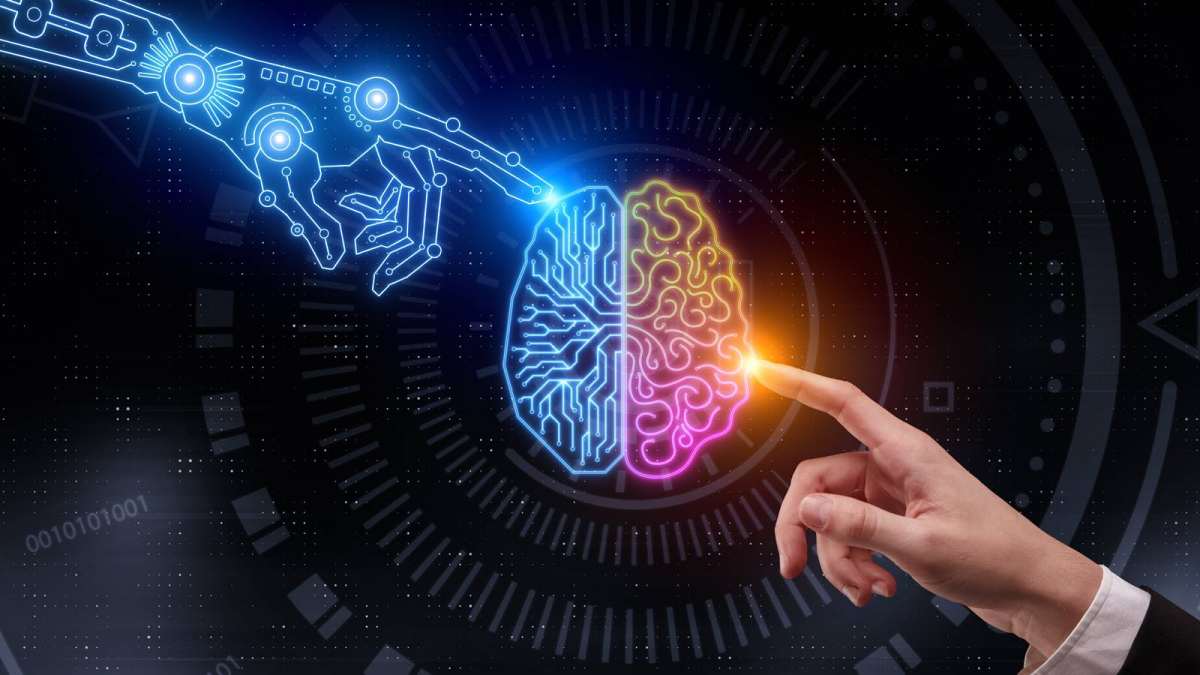
IDC reports that by 2026, 60% of Indian companies will augment foresight by combining human skills with algorithms, artificial intelligence, machine learning, natural language processing, and pattern recognition.
FutureScapes 2022 estimates that workers will be 20% more productive and effective due to this technology.
According to the report, 30 per cent of enterprises who use Cloud services are likely to develop a dedicated FinOps function to maximize the value of their Cloud resources.
A new report released on Tuesday predicts several vital emerging trends will dominate the business landscape in the five years ahead, including IT, cloud, artificial intelligence, automation, future of digital infrastructure, lot of trusts, and the sharing economy.
As a result of the pandemic, every business is a technology company embracing cutting-edge computer technology. Developing an integrated digital infrastructure is a priority, and they are working towards a digital economy. IDC India managing director Vasant Rao predicted enterprises would adopt several digital-first initiatives in 2022 and beyond to deal with headwinds and crosswinds.
Moreover, 50% of technology and services spending will be spent on as-a-service and outcomes-centric models by 2024 for digital-first enterprises to enable empathetic customer experiences and resilient operating models.
By 2024, about 35% of organizations will have allocated half of their security budgets to cross-technology platforms and ecosystems that can be consumed quickly and deliver unified security capabilities to drive agile innovation.
Almost 40% of Indian requests for proposals for digital infrastructure will require vendors to demonstrate progress on ESG/sustainability initiatives with data, as CIOs want infrastructure vendors to help meet their environmental, social, and governance goals.
According to Sharath Srinivasamurthy, research director, enterprise solutions and ICT practices, IDC India, enterprises would increasingly rely on as-a-service technology options to empower and connect their employees.




